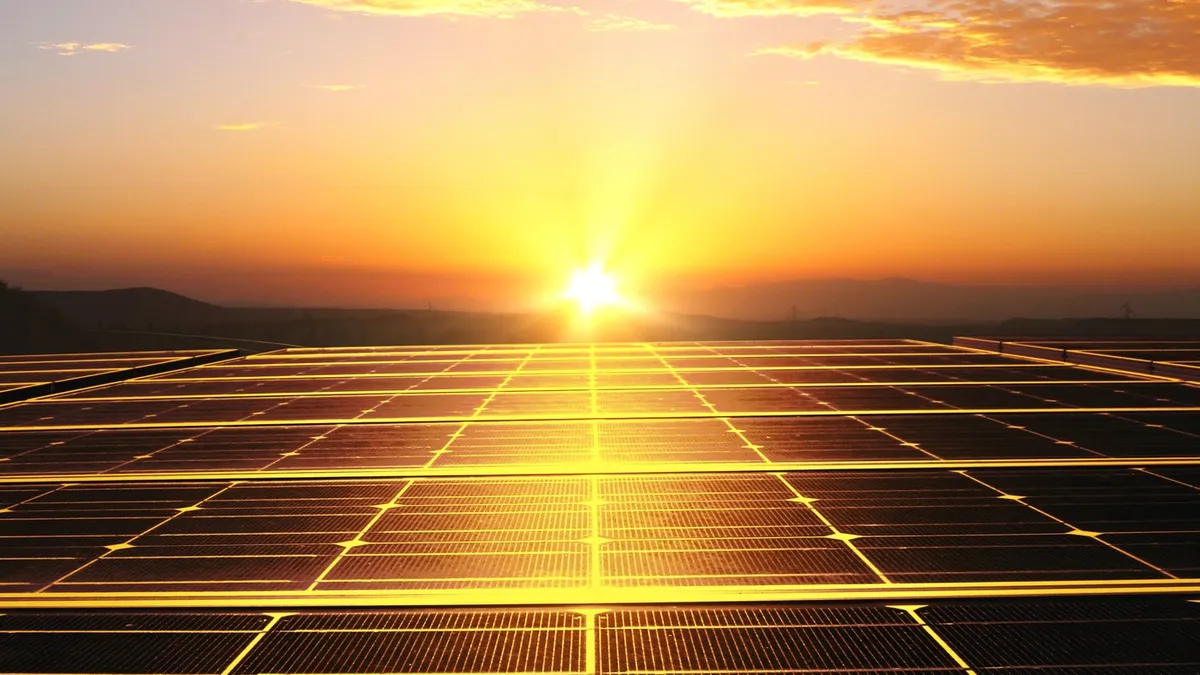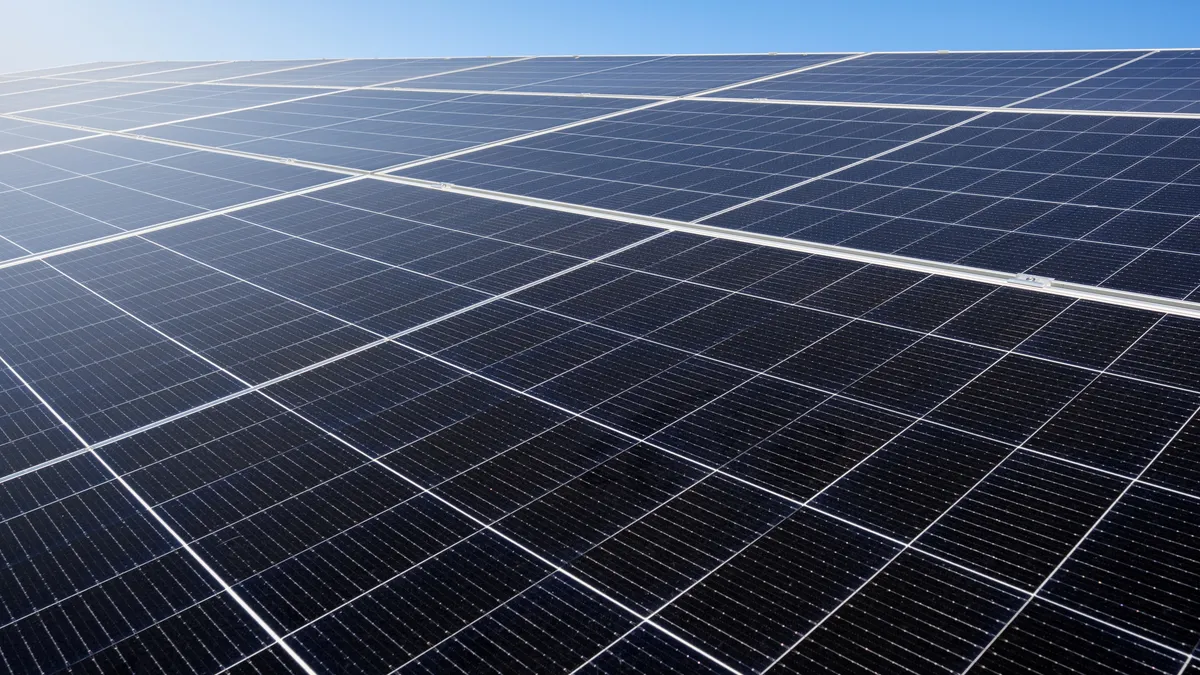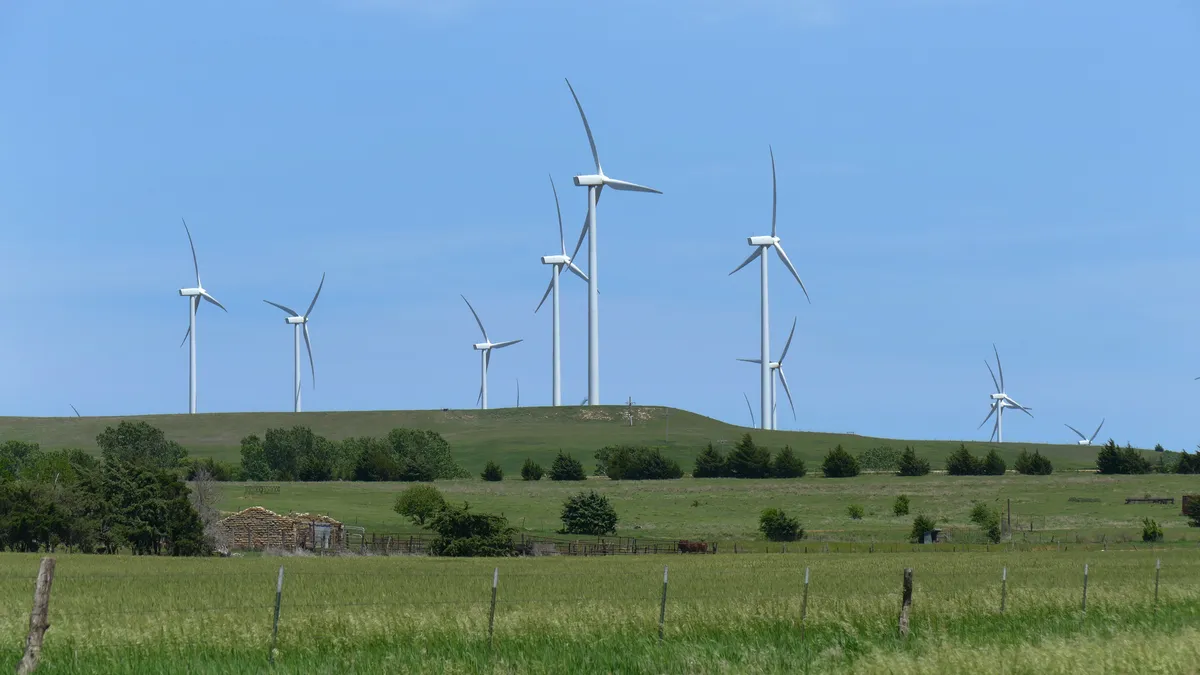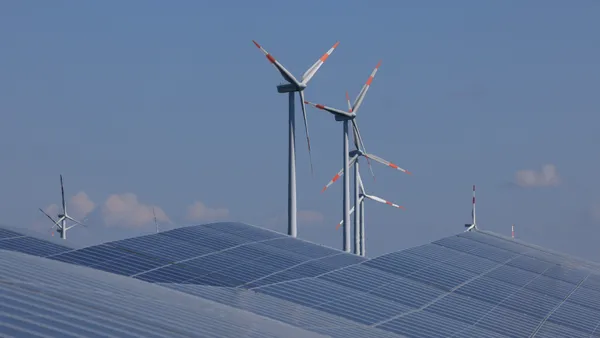The following is a contributed article by Tony Seba and Adam Dorr, co-founder and research fellow, respectively, at RethinkX.
Imagine having an energy system that generates three times more electricity we use today for a fraction of the cost (even free!) while generating no greenhouse gases or toxic waste. Imagine repatriating and growing energy-hungry industries, creating millions of jobs, trillions of dollars in societal wealth, and vastly improving our quality of life — while saving money. Incumbents would say it’s not possible. We have heard that before — but they’ve been proven wrong and we’ve been proven right.
We are on the cusp of the most profound disruption of the energy sector since the advent of electricity itself over a century ago. The costs of solar photovoltaic power, onshore wind, and lithium-ion battery energy storage (SWB) have plummeted over the last two decades, and they will fall another 70%, 40% and 80% respectively during the 2020s as their adoption continues to grow exponentially worldwide. The convergence of SWB now offers an electricity solution that coal, gas, nuclear and other conventional energy technologies can no longer compete with.
In our new report, we show that 100% SWB electricity systems are both physically possible and economically affordable by 2030 for those regions that choose to lead the disruption. Our analysis uses a tool we call the “Clean Energy U-Curve” to explain that there is a fundamental cost tradeoff between energy generation (solar and wind) and energy storage (batteries). When we optimize the balance between the two, we find that the least expensive 100% SWB system will have three to five times more total generating capacity than today’s grid but require only 35 to 90 hours’ worth of batteries, depending on geography.
In California, for example, a 100% SWB system with 3.8x more generating capacity than the state’s existing grid would need only 37 hours’ worth of batteries. The cost to build these assets between now and 2030 would be $115 billion. That’s $11.5 billion for ten years, or 0.35% of California’s $3.2 trillion GDP. The cost of electricity from this system would be less than 3 cents per kilowatt-hour, which would not only be the cheapest available option for new power generation but would be less expensive than continuing to operate most conventional power plants in the state as well.
The disruption of coal, gas and nuclear power is now inevitable. No new investment in these technologies is rational going forward, and their existing assets will become stranded during the 2020s. But that’s just the beginning.
A 100% SWB system will have extraordinary new properties, the most counterintuitive of which is that it will produce up to three times more energy than today’s grid. The reason why is that any SWB system must be designed to fully meet electricity demand during the most challenging times of year such as the cloudy weeks of winter when the days are shortest, and as a result it will naturally be able to produce much more power the rest of the time.
This in itself is a familiar pattern, since mechanisms of all kinds – including our own bodies – are built for the maximum stress they are likely to encounter. The difference here is that solar panels and wind turbines can utilize their full latent capability at virtually no additional cost, unlike coal, gas, or nuclear power stations. So all of that electricity is effectively free.
Clean energy 'super power'
Imagine hyper abundant clean energy at a marginal cost close to zero. We call it "super power".
Our existing fossil-based energy system views super power as a problem — and a threat. But super power is one of the greatest opportunities of our time. It could replace a large fraction of all fossil fuel use by electrifying road transportation, residential and commercial heating, water desalination and treatment, waste processing and recycling, metal smelting and refining, chemical processing and manufacturing, or carbon removal — to name just a few applications.
Super power is a race to the top. The sooner a region adopts SWB, the more companies, talent and investment it will attract. Super power will lower the region’s cost of energy and trigger a virtuous cycle in which more individuals move in attracted by higher quality of life, more companies move in attracted by low energy costs (and talent), and more investments move in attracted by growth opportunities.
Going even further, super power returns on investment are disproportionally large. A region that makes an additional 20% investment in generating capacity can double or even triple its super power output. No known energy source can match the economics of SWB.
Much like how the Internet slashed the marginal cost of communication to near-zero and created hundreds of new business models, tens of millions of new jobs, and trillions of dollars of value across the global economy, the SWB disruption will do the same by slashing the marginal cost of energy to near-zero. What happened in the world of bits is now poised to happen in the world of electrons.
The SWB system will resemble an information network more than the existing grid. Policymakers should focus on creating the conditions for the new electricity system to flourish. Our ownership and regulatory models will need to change to prevent inequality. Ensuring individual data and energy rights will provide economic benefits to consumers that are currently being extracted by monopolies.
We recommend that everyone should have the right to generate, store and sell electricity, just like we have the right to publish information or buy and sell goods online. For instance, individuals and fleets should be able to sell electricity stored in their electric vehicles as well as stationary batteries.
We should stop subsidizing and protecting legacy monopolies, business models and energy sources, including nuclear, oil, gas and coal power plants as well as pipelines and other extraction assets. Vertically integrated electric power monopolies were created to ration scarce, centralized, expensive and polluting resources. They do not have the organizational capabilities to deliver a system of hyperabundant, distributed, cheap and clean electricity.
Just like the 20th century computing and information monopolies (such as AT&T) were broken up to make way for the personal computer, internet and smartphones, regulators must design competitive electricity markets that allow entrepreneurs and investors to deliver the new products, services and business models that will emerge with the SWB system. Walmart, Safeway or your local shopping center should be able to sell or give away electricity to attract customers to their retail business.
The coming disruption has profound implications for investments and asset management as well.
Trillions of dollars in conventional generation will be stranded in the 2020s. Our pensions and savings must be protected from these enormous losses and should instead be used to build out the new system. SWB projects should qualify under legal structures such as master limited partnerships and real estate investment trusts. This will unlock trillions in private investment money to build the SWB infrastructure.
We also need to create new asset classes to allow individuals to invest directly in small cash-generating projects such as local community solar, wind and battery power plants.
At the core of this decision making is protecting people, not businesses or industries. Allow unviable incumbent energy businesses to go bankrupt, but protect people through policies to retrain, provide financial and healthcare support, and access to social capital through the transition.
Wherever energy is utilized in abundance, prosperity follows. Regions which choose to embrace the clean disruption of energy will be the first to become super powered and capture the extraordinary social, economic, political and environmental benefits that 100% SWB systems have to offer. The disruption has already begun. The time to lead is now.






















